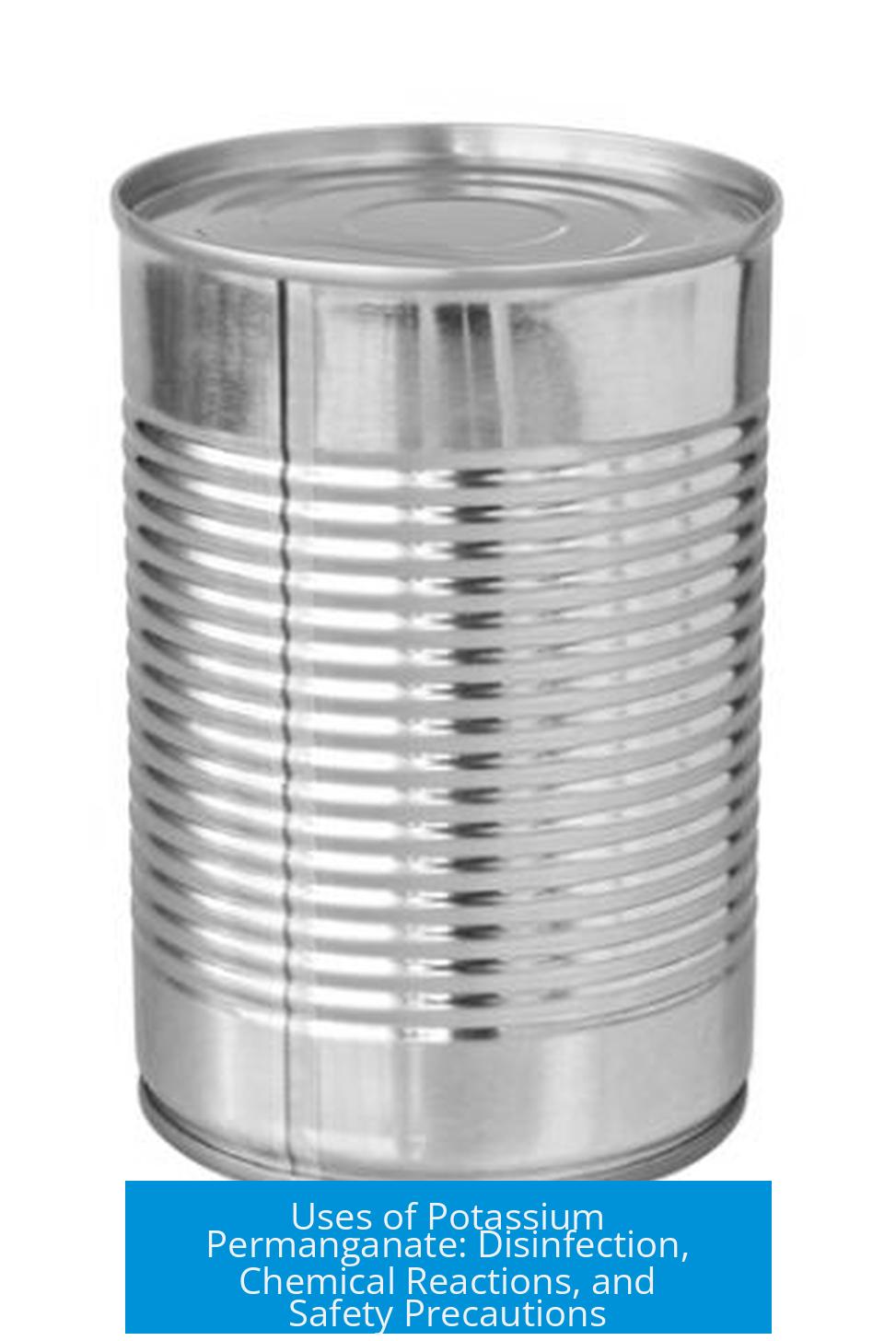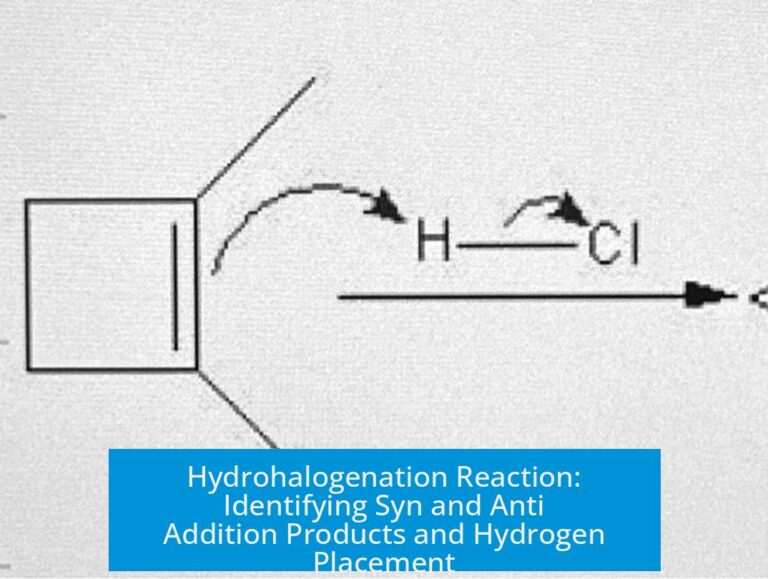What Can I Do with Potassium Permanganate?
Potassium permanganate is a versatile chemical used mainly as a disinfectant, oxidizing agent, and in demonstration reactions. It disinfects water, carries out oxidation reactions, and provides striking visual effects in chemistry experiments.
1. Disinfection and Water Treatment
Potassium permanganate disinfects drinking water in small, controlled amounts. It removes contaminants and treats water for safety. This use requires careful dosing to avoid harmful effects.
2. Chemical Oxidation Reactions
It functions as a strong oxidizer in organic chemistry. Potassium permanganate can oxidize various functional groups to carboxylate groups, such as converting toluene to benzoic acid or ethanol to acetic acid.
In laboratories, it can produce chlorine gas by reacting with hypochlorite or concentrated hydrochloric acid. This reaction demands safety precautions due to toxic gas formation.
3. Redox Reactions and Safety
- Potassium permanganate is a strong oxidizer and can pose hazards like spontaneous ignition when mixed with combustible substances such as vegetable glycerin.
- It reacts violently with hydrochloric acid, releasing chlorine gas.
- Mixing with sulfuric acid produces manganese heptaoxide, a highly reactive and dangerous oxidant. Avoid this without proper ventilation and protective equipment.
- Wear respirators when handling dust to prevent inhalation and always follow safety protocols.
4. Demonstrations and Practical Uses
- Elephant Toothpaste Reaction: Potassium permanganate catalyzes hydrogen peroxide decomposition in this popular demonstration, producing oxygen and manganese dioxide foam.
- Wood Finishing: A diluted solution stains raw wood brown, enhancing appearance. It is often used on mahogany.
- Flash Powder: Mixing potassium permanganate with fine aluminum powder creates a flash powder, useful in pyrotechnics.
5. Handling Precautions
While reasonably safe to handle, potassium permanganate requires careful use. Protective gear like gloves and respirators limit exposure risks. Avoid mixing with incompatible chemicals to reduce hazards.
Summary of Key Points
- Disinfects and decontaminates water in controlled amounts.
- Oxidizes various organic compounds to carboxylic acids.
- Participates in lab reactions producing chlorine gas.
- Can spontaneously ignite with combustible materials.
- Popular in chemistry demonstrations like the elephant toothpaste reaction.
- Used for wood staining and as a component in flash powder.
- Requires safety precautions to avoid toxic gases and explosions.
What household uses does potassium permanganate have?
It can disinfect drinking water when used in very small amounts. It also helps finish wood stains, turning raw wood a brown shade. Always dilute properly for these uses.
How is potassium permanganate used in chemistry reactions?
It oxidizes certain compounds, like turning toluene into benzoic acid. It can also produce chlorine gas when mixed with hydrochloric acid under controlled lab conditions.
Can potassium permanganate be used for science demonstrations?
Yes, it acts like potassium iodide in the elephant toothpaste reaction, decomposing hydrogen peroxide and producing oxygen and manganese dioxide for visual effect.
What safety precautions are important with potassium permanganate?
It is a strong oxidizer and reacts with many substances. Avoid mixing it with hydrochloric or sulfuric acid without proper safety controls and use protective gear to prevent inhalation or contact.
Is potassium permanganate reactive or hazardous?
Yes, it can spontaneously ignite with certain materials like vegetable glycerin. Handle it with care and study its properties before use in any application.





Leave a Comment